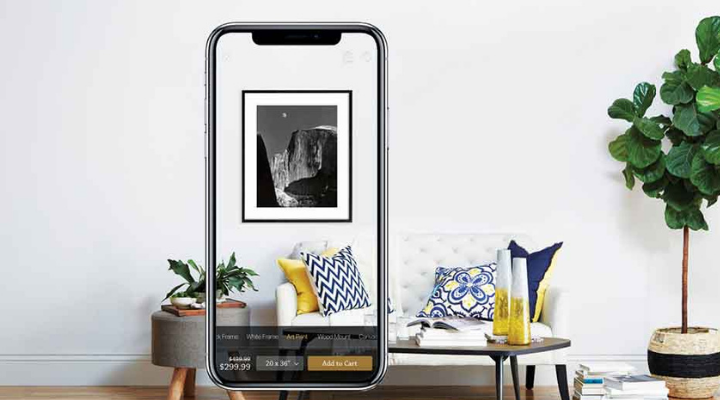We had surpassed those days when people used to hire Interior Designers after considering what kind of taste they had for colour, decor, and fabrics. Over the years, the role of an Interior Designer has changed dramatically, from creating the layout of the internal space in a building or structure manually to creating numerous designs on software and computer-aided design tools, which allows them to present their creativity in a more delicate and sophisticated way.
In a technology-driven world, humans are more prone to inventing tools that can change the perspective of our lives. Technology is serving us in almost every industry and has successfully changed how we live around. Barely a decade ago, Interior Designers were sending paper statements or meeting with every client face to face, and if you look at how they work now, it’s completely different from old-school practices. Thanks to the technology, which has been proven itself as a time-saver tool for designers.
Nowadays, being an interior designer is not limited to honing traditional interior design skills, including drawing layouts and mastering plans. To survive and thrive in today’s technology-driven world, the designer must have a deep knowledge of the latest design software, computer-aided design (CAD) tools and, of course, business skills. The interior design industry took a little while to accept and incorporate technology, but in a short span, as expected, it has influenced the future of interior design- here’s how:
Digital Drafting
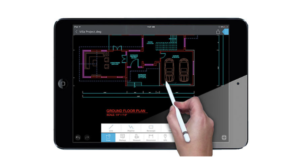
Gone are the days when interior designers used to carry drafting boards and set squares. Today, the business of interior designing is more focused and based on technology which includes new-age software platforms such as AutoCAD, AutoDesk, and SketchUp. These platforms allow designers to showcase their designs digitally and help them in convincing their ideas to clients on how their office/apartment could look if they implement a particular design. The designers can convert their 2D designs into the 3D form or even in videos to help their clients understand the structure better through interactive walkthroughs.
Smart Design Tools
Technology has shielded us from head to toe, and we can’t think of a life without it. Back in the day, interior designers used to meet clients in person to discuss the design and to have a quick idea about the project, but with the arrival of technology in the field, it all vanished and was replaced with more advanced tools where designers and clients mutually prefer online meet-ups. Online communities like Houzz allow digital space for architects and interior designers to showcase their work on their website, which helps them get clients. However, word of mouth still stands tall and is considered the best marketing option in all industries.
Smart Homes
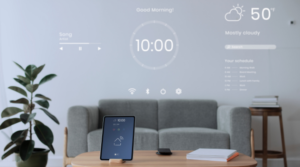
We can’t predict what the world will look like in the next 50 years, but we can surely say it would consist of smart homes, advanced robots, driverless cars, and maybe weekly mars trips. Well, here, we’re only concentrating on smart homes, which heavily influence our day-to-day world and are already everywhere. Almost every day, a new tech giant launches some connected device or gadget to attract our attention, and we can’t deny the fact that we all crave such innovations.
Google Home has already occupied the smart home market, and we can’t say no to the gadgets that offer a personal assistant and work according to our command, such as turning off the television, playing your favourite music, waking you up on time and creating schedules for you. Along with Google, Amazon has also invented a number of smart home gadgets to make our home-life smoother and smarter. Smart home gadgets can also help us control the lighting situation through our phones, set automated timers on bedroom lights, and many more.
Internet of Things (IoT)
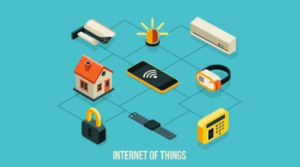
The endless possibilities in technology are assisting us in experiencing the smart world of interiors, and the Internet of Things is unquestionably one of the finest technologies amongst them. The Internet of Things has emerged as an absolute game-changer for house owners in recent times, and it plays a crucial role in the lives of modern-day interior designers.
The IoT technology, which is entirely based on the internet, helps us define physical objects embedded with sensors, software, and other technologies to further communicate with each other and create a smart home environment. Thanks to the IoT based smart-connected gadgets and appliances, it betters interior designers to fulfil the demand of tech-savvy youth.
3D Printing
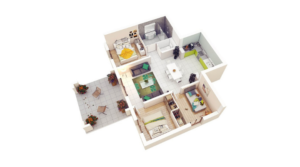
3D printing benefits interior designers to demonstrate their design quickly to the clients with the miniature model. With 3D printing, designers can unleash the best of their creativity as it allows them to implement the plan in a few hours with minimum resources, and they can even make changes according to clients’ requirements instead of traditional paper draftings, where executing changes was a complicated job. Immediate customer feedback helps designers to create a good rapport which ultimately helps them to gain more customers. Along with all these benefits, 3D printing is environmentally friendly as the miniature models can be created using natural resources such as wood and bamboo.
Sustainable Design & Micro Apartments
The interest in sustainable designs has increased over the past few years, and considering the future of the interior designing industry, it primarily relies on sustainable development. If you look at the newly constructed apartments by developers, they feature wide-open windows, and developers purposely keep these giant windows throughout the apartments to fill the void with more natural daylight sources and to offer health benefits for their clients.
Along with this, looking at the rate of migration in urban areas, many builders and developers in India have started following the American movement of creating micro apartments that typically fall under 400 square feet of space. The micro-living lifestyle has helped us to reduce our carbon footprint, and it indeed created opportunities for people to purchase their own houses within an affordable budget, even in developed cities, but the option will also lead to an innumerable urban population.
Role of Virtual Reality & Augmented Reality in Interior Design
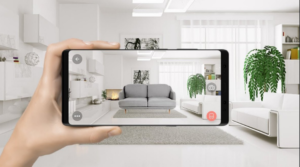
Earlier, interior designers used to draw and sketch designs on paper in 2D format, but these kinds of designs were hard to understand for clients, and they used to struggle to follow and understand the designers’ visualization. Then, Virtual Reality and Augmented Reality arrived in the designing field and changed the entire scenario. The arrival of Virtual Reality helped the designer to explain to their clients what the project could look like if they followed a particular design, and that too in a 360 degrees viewing option, to see it from every angle.
In the case of Augmented Reality, it enables new-age clients to visualize the project even before it is developed, and they can even try numerous outcomes for their new project, such as the furniture, without paying a single rupee. Augmented Reality allows interior designers to showcase their vision to clients in the most straightforward possible manner. IKEA, a Swedish-origin company that designs and sells ready-to-assemble furniture, kitchen appliances and home accessories, has adopted AR in their new printed catalogues to help their clients overlay the physical world by using their phone’s camera and an AR app.


